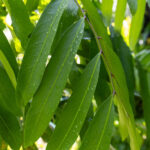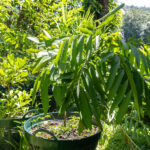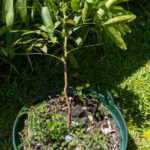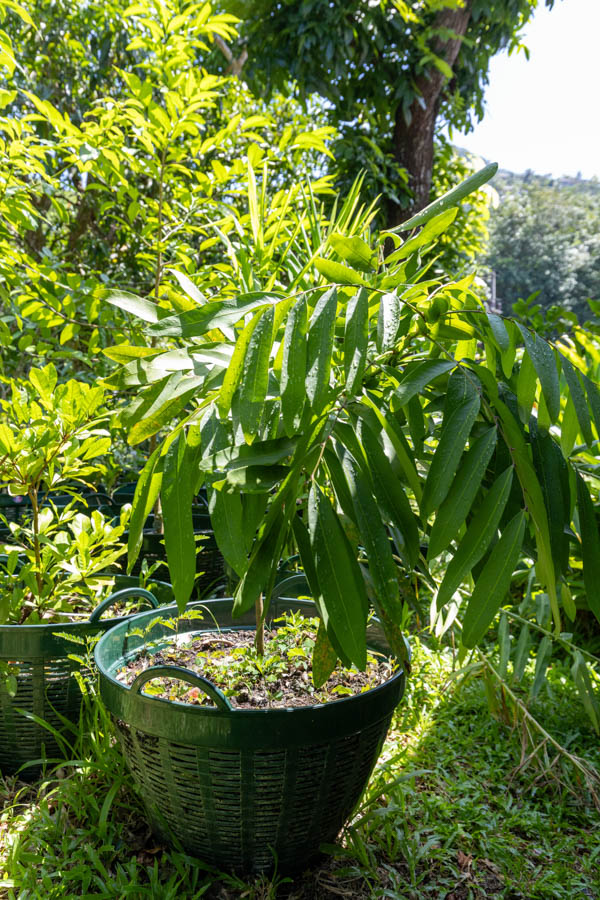กระท้อน (Krathon) / Santol
Family: Meliaceae
Sandoricum koetjape, commonly known as Santol or กระท้อน (Krathon), is a tropical fruit tree native to Indochina and the Philippines and widely grown throughout Thailand. The tree produces round, velvety fruits with thick rinds and juicy, sweet-sour pulp surrounding large seeds. Both the fruit and bark are valued in Thai traditional medicine.
Botanical Characteristics
This medium to large tree reaches 15–30 meters in height and has dense, compound leaves with three large, glossy leaflets. The fruits are yellowish to golden when ripe and contain aromatic white pulp. The tree prefers humid, tropical climates and well-drained soil.
Use in Thai Traditional Medicine
In Thai herbal medicine, กระท้อน is regarded as a cooling fruit (ยาเย็น) used to aid digestion and relieve internal heat. The bark and leaves are sometimes used in decoctions for skin ailments and to reduce fever. The fruit is also believed to balance the body’s energy after heavy or spicy meals.
Culinary and Nutritional Uses
The ripe fruit is eaten fresh, made into preserves, or used in spicy Thai salads such as ยำกระท้อน. The pulp contains vitamins, minerals, and antioxidants that support digestion and hydration. The slightly astringent rind is sometimes used in herbal recipes for cleansing.
Cultivation Notes
Sandoricum koetjape thrives in full sun and moist, fertile soil. It can be propagated from seeds or grafted for consistent fruit quality. In the KBE Thai Medicinal Herb Garden, it is maintained as a dual-purpose plant—both a shade-giving fruit tree and a medicinal species.
Historical Context
Santol has been part of Southeast Asian diets and herbal systems for centuries. In Thai culture, the fruit symbolizes comfort and balance, reflecting its gentle, harmonizing effect on the body.
Disclaimer: This information is provided for educational and historical purposes only. It is not intended as medical advice. Always consult a qualified healthcare professional before using any herbal preparation.




